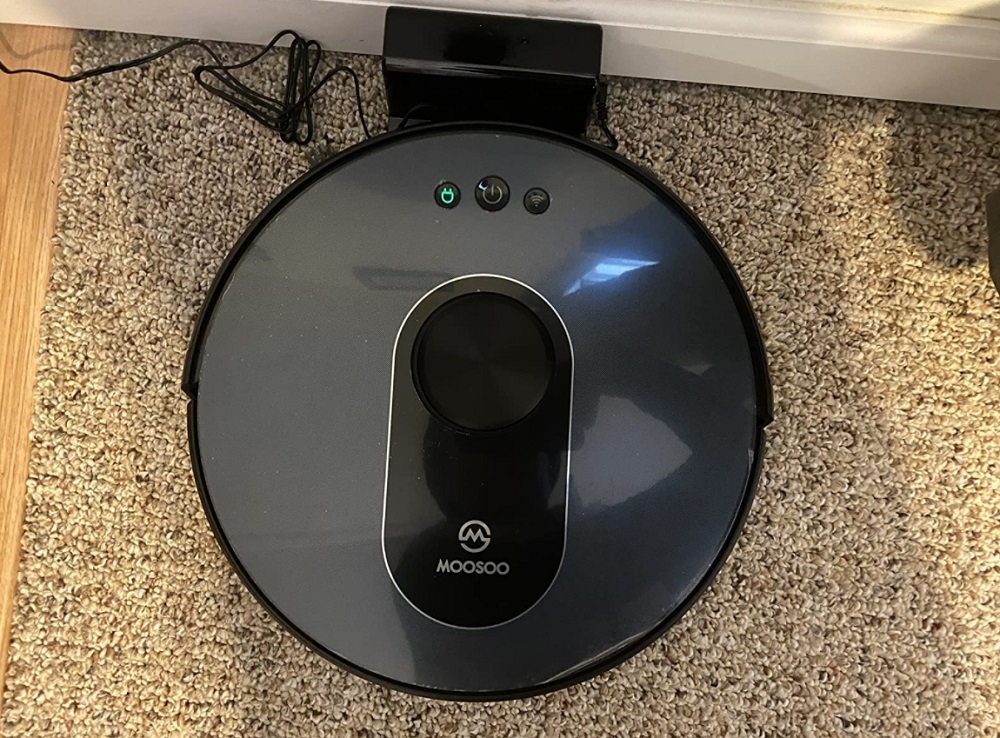Devices of all sorts rely on laser navigation systems. Three of the most popular and well-regarded laser navigation systems are Laser SLAM, VSLAM, and LiDAR. By reading through this guide, you will learn the differences between them. That way, you can determine which one offers what you are looking for.

What Is Laser SLAM?
Laser SLAM is a laser-based navigation method that relies on a single, critical process: pointing a laser at the various objects, items, and spaces surrounding a particular device and using that laser to construct a map of the area.
Through the construction of such a map, the device that relies on Laser SLAM can then understand the space that it is working in. By understanding this space, a device can then operate within this space to allow for speed and efficiency due to understanding what is in the area and how the space is divided.

What Is VSLAM?
Just as the name implies, VSLAM is very similar to Laser Slam. To some extent, the two navigation methods are the same. But, that being said, there is one fundamental difference that VSLAM offers compared to Laser SLAM, and this difference is found in the “V” part of “VSLAM.”

You see, the “V” in “VSLAM” stands for “Visual.” VSLAM relies on lasers, but it also depends on a camera. This camera, when used, allows a particular device to create visual images of a specific space. All of these images, when put together, allow for a space to be mapped – this includes the various objects and items within the area – which makes the space so much easier to navigate.
Even though VSLAM may sound better, it isn’t always great at measuring distances and angles due to the limitations of specific cameras. For that reason, the measurements that Laser SLAM produces are often slightly more accurate, which can lead to better navigation. But, if you aren’t doing anything too important, the difference is often negligible.

What Is LiDAR?
LiDAR is a laser-based navigation system that is paired with traditional SLAM technology. You won’t notice a significant difference between a LiDAR navigation system and a Laser SLAM system. But, that being said, there is a difference, which may be notable for you.

LiDAR relies not just on lasers but also on an IMU – Inertial Measure Unit. With an Internal Measure Unit, the various angles and orientations of your device, and the objects and items surrounding your device, are all measured. As a result of the IMU, the maps created by LiDAR are very detailed and elaborate, which allows for more efficient navigation.
Beyond that notable feature, most LiDAR systems use expensive but effective lasers that produce rapid and accurate measurements. More often than not, these measurements are created much faster than with a standard Laser SLAM system.
Conclusion
In the end, Laser SLAM, VSLAM, and LiDAR are all fantastic navigation systems. Depending on what you are looking for, the accuracy you require, and your budget, one of these systems is better for you than the others. You can use this guide to figure out which system that happens to be!
Our Recommended Robot Vacuums
Last update on 2024-04-26 / Affiliate links / Images from Amazon Product Advertising API











